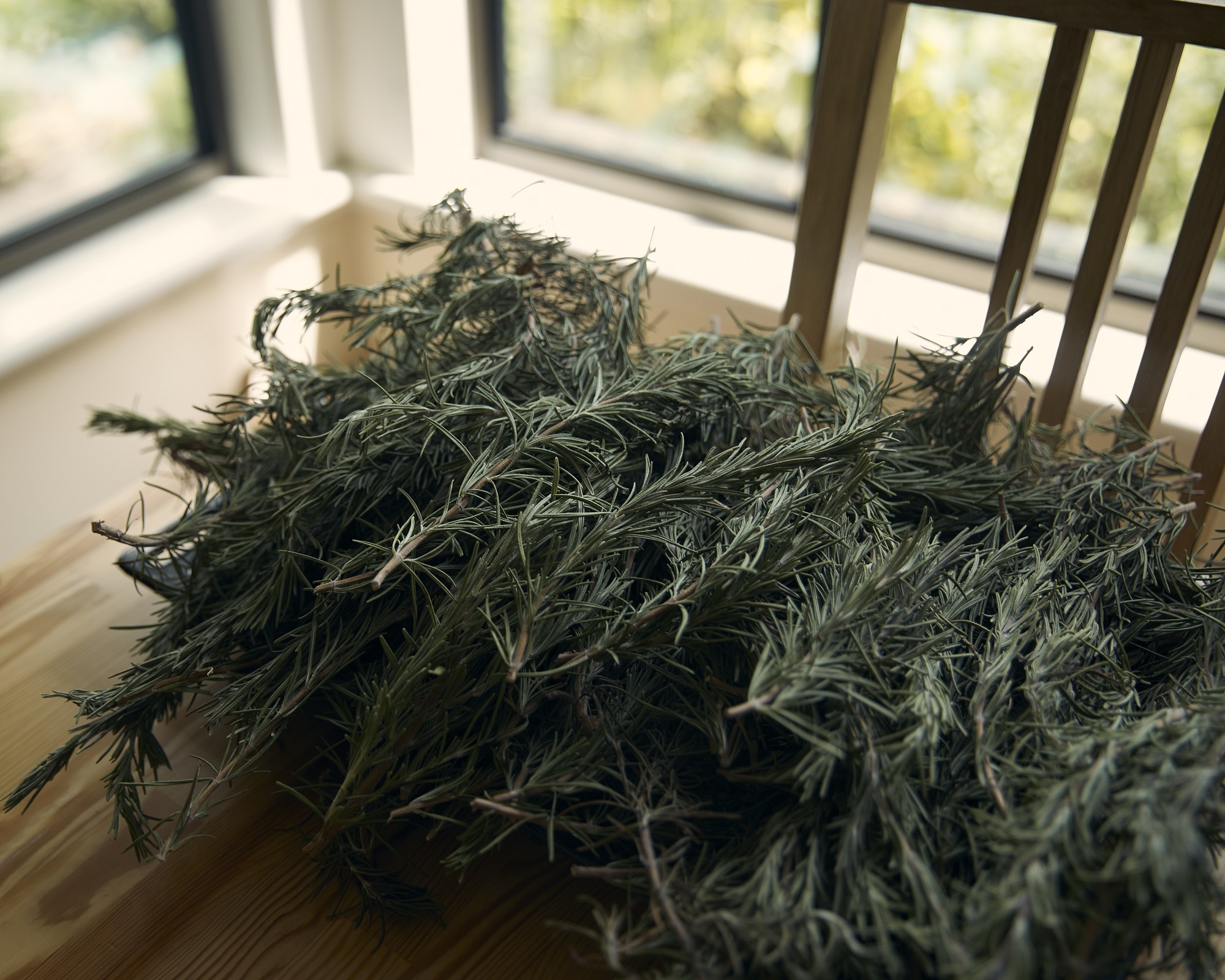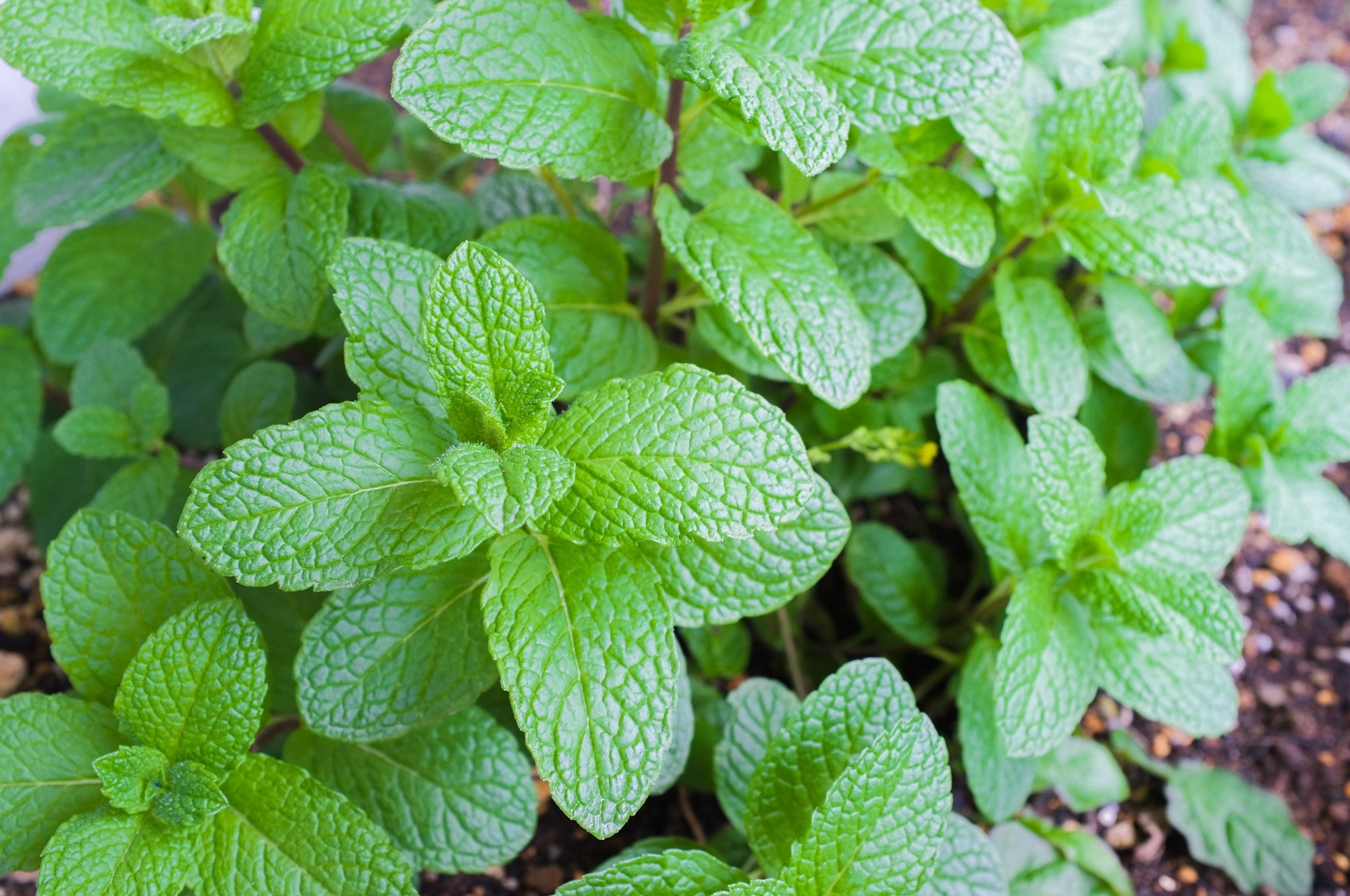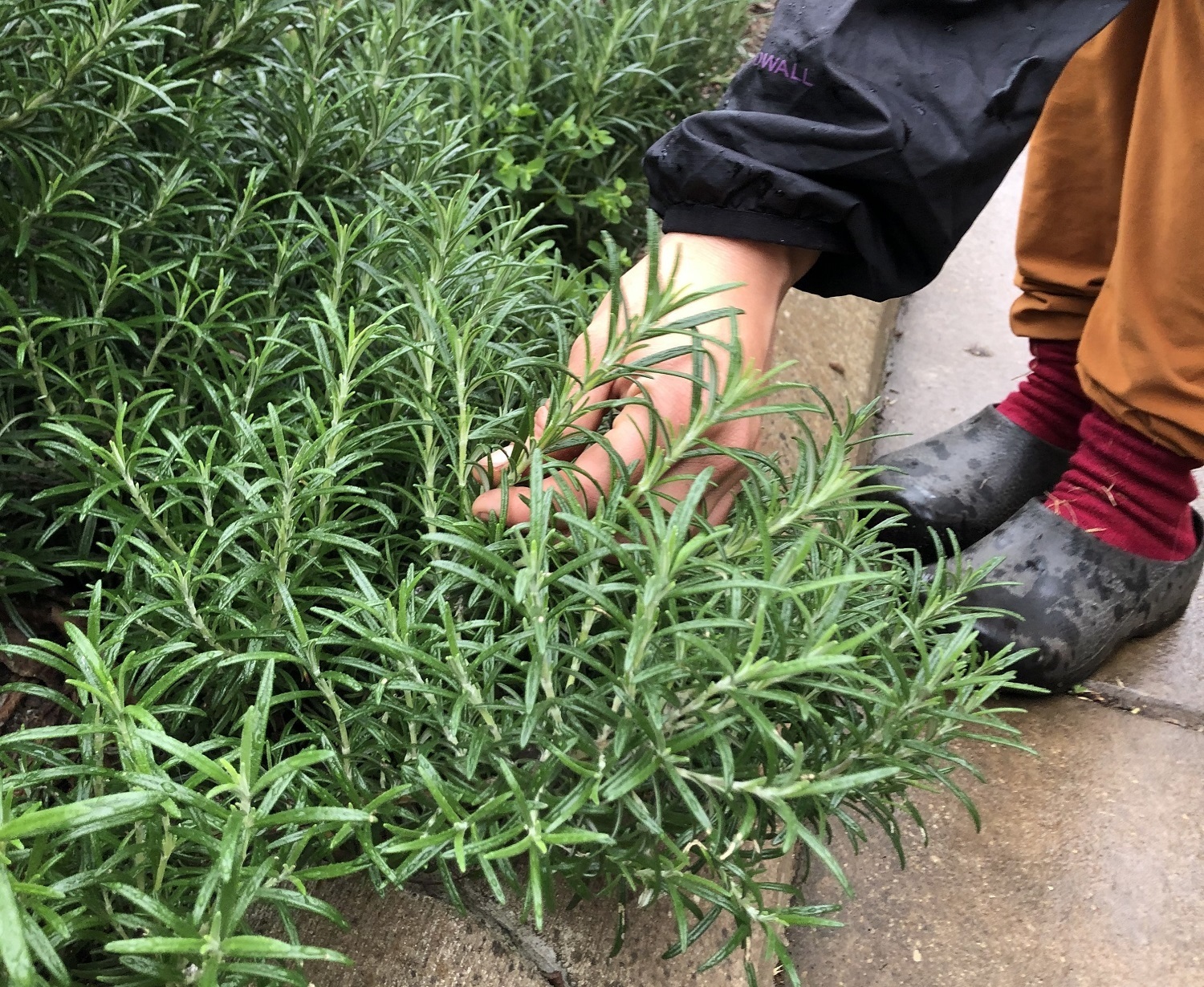Expand your food garden the cheapest way possible – by growing from cuttings. Spring is an excellent time to get started with food gardening and a great time to take plant cuttings. Read on for our top 3 herbs to grow from cuttings and how – plus tips for success.

1. Rosemary
Take your roast potatoes to the next level with this staple – and a free sprig is sure to taste better than one bought from the shops!
Commonly grown as a hedge, rosemary can be seen all over the ‘burbs.
If you’ve got a friend or a friendly neighbour who is growing it, we recommend asking them if you can take a cutting for your own food garden.
2. Lavender
Lavender isn’t always associated with herbs, but it’s great for teas and making brownies.
It also attracts beneficial bugs, so it’s a great plant to grow with your other veggies and herbs.
There’s a good chance you’ll know someone growing it.
When grabbing a cutting, make sure you avoid topped lavender (Lavandula stoechas).

3. Mint
With warmer weather on its way, we can think of a few delicious drinks that could use a sprig of mint or two. Of course, there’s always tea…
Once you’ve got a cutting, this herb can even be propagated in water on your kitchen sink – greening and brightening up your home, while making it easy to keep track of progress.
How to take a cutting and propagate it
And now down to the nitty gritties – here’s how to propagate these 3 herbs:
- Using sharp scissors, cut – on an angle – under a node on a fresh green stem. The nodes are the fatter parts of the stem, where the leaves are located. Avoid the older, brown, woody stems.
- Snip off a stem about 15 to 20 cm long.
- Repeat for several other pieces in case some of them don’t grow roots.
- Gently strip the leaves from the bottom two-thirds of the stems.
- Place the stems in water – don’t cover the leaves.
- Leave them inside in a spot that is warm but out of direct sunlight.
- Change the water every 2 to 3 days.
- Wait approximately 4 to 6 weeks for the roots to be about 5 cm long – at this point they’re ready to be planted in pots or the ground.
Note: This is just one method of propagating herb cuttings – some people like planting directly in soil. Experiment to find out what works for you.
You may also come across people using hormone powder. If you want to try it, you can buy it from your local garden store. It’s not necessary though – just get more cuttings to make up for the ones that don’t grow.
If you really want to try something to boost the likelihood of your cuttings regenerating but don’t want to buy a powder, you could try dipping cuttings in honey before putting them in soil.

When should I take herb cuttings?
Spring is an excellent time to take herb cuttings because everything is in ‘grow mode’ – generally it’s warmer, there is more sunshine and the days are longer, so there’s more growing time.
The type of cuttings we’re talking about though are softwood cuttings – essentially the newly grown stems that are still soft.
There are other types of cuttings that are better done at other times of the year. However, softwood cuttings tend to grow roots quicker.
Top tips for propagating herbs
Here’s a few pointers to make your propagation journey smoother-sailing:
- If in doubt about the specific species you’d like to propagate, look it up – there’s so much gardening advice available.
- Cuttings create a clone of the original plant. This differs from planting seeds, where your plant might be slightly different to the one you were aiming for.
- Don’t take cuttings from a plant in flower – it’s usually not as successful.
- If your cutting is in flower, remove the flowers because it takes more energy for the plant to maintain them, which means less energy is spent on growing roots.
Find out more local gardening tips
Just beginning your food gardening journey? Head to our food gardening hub for more tips and tricks.